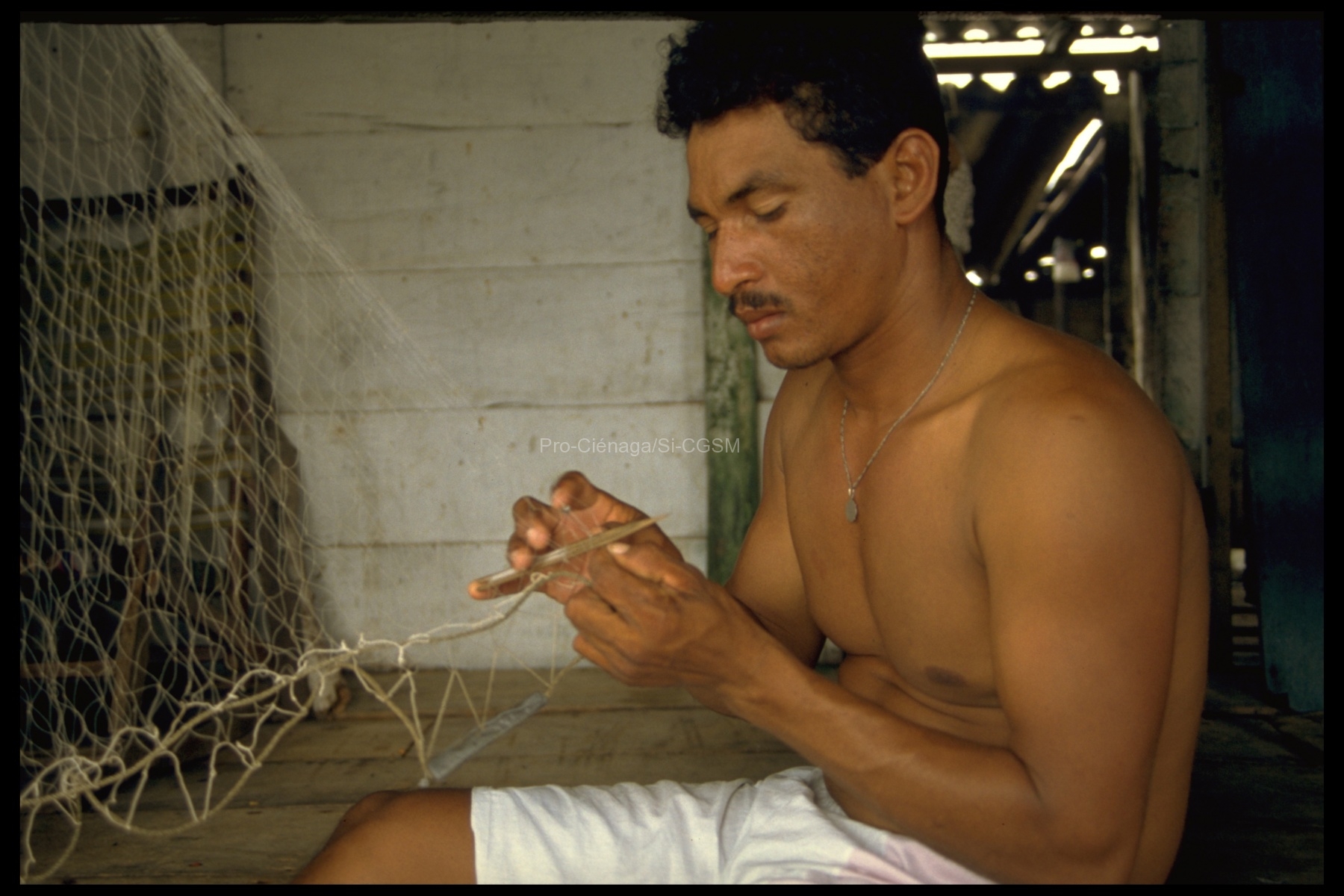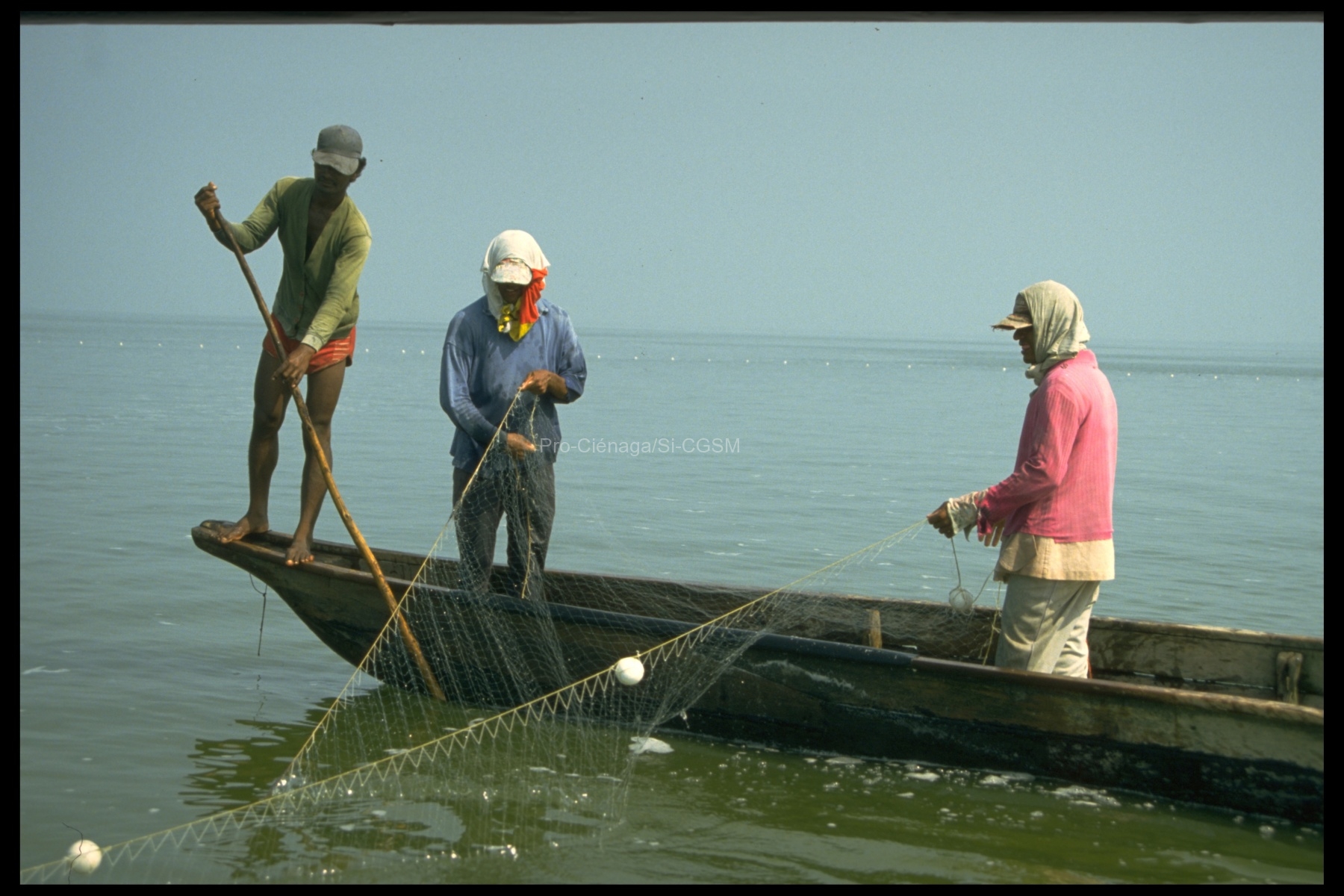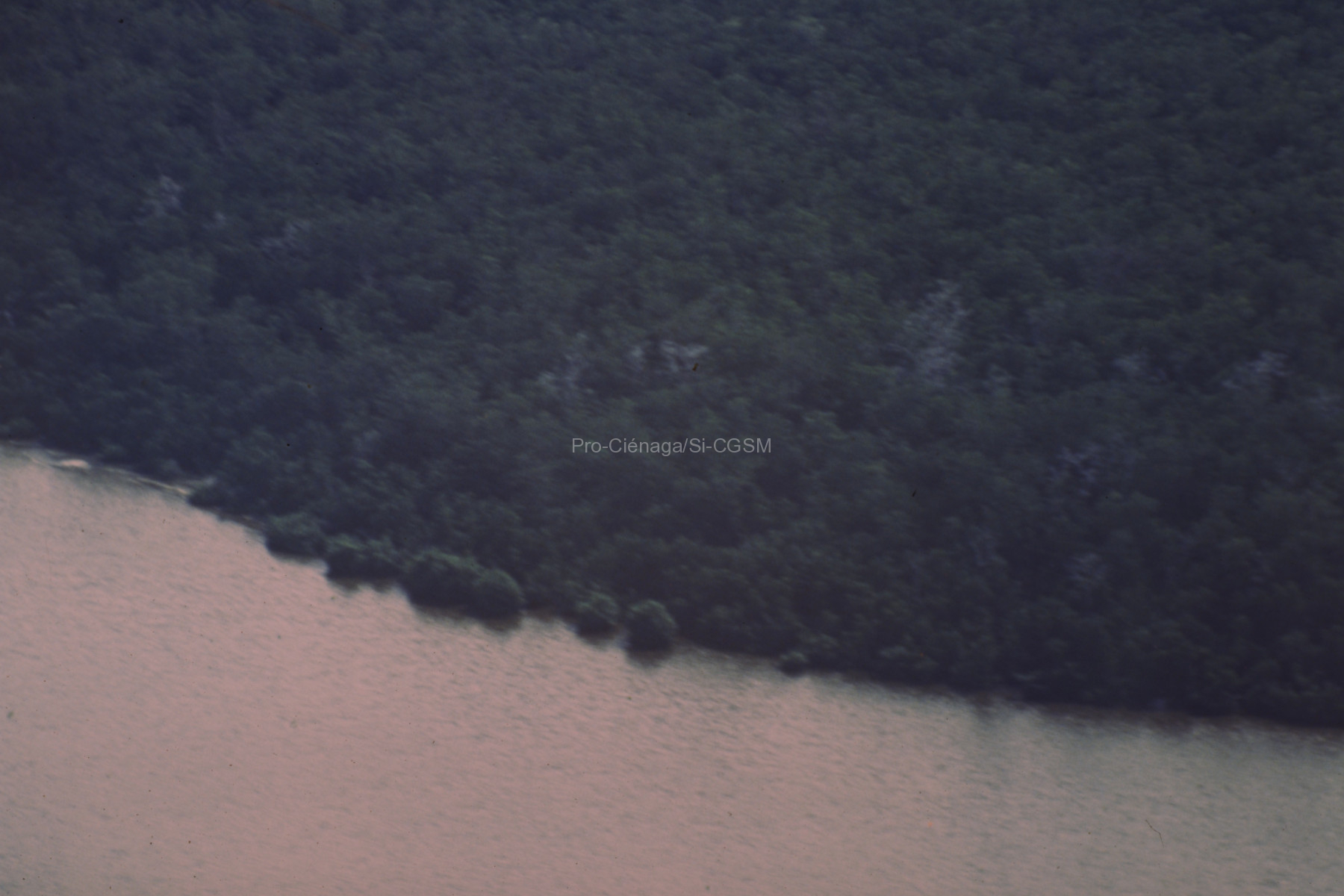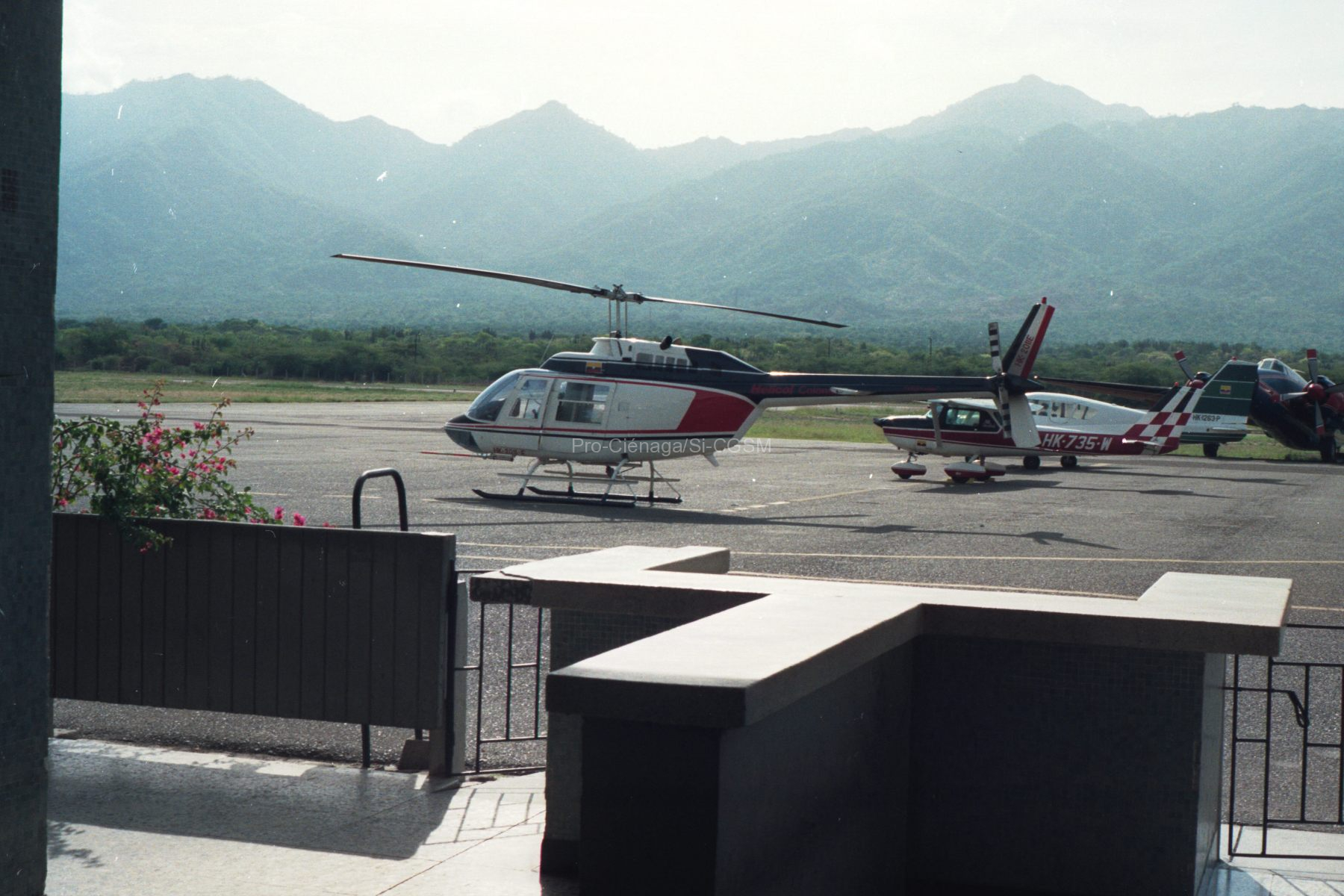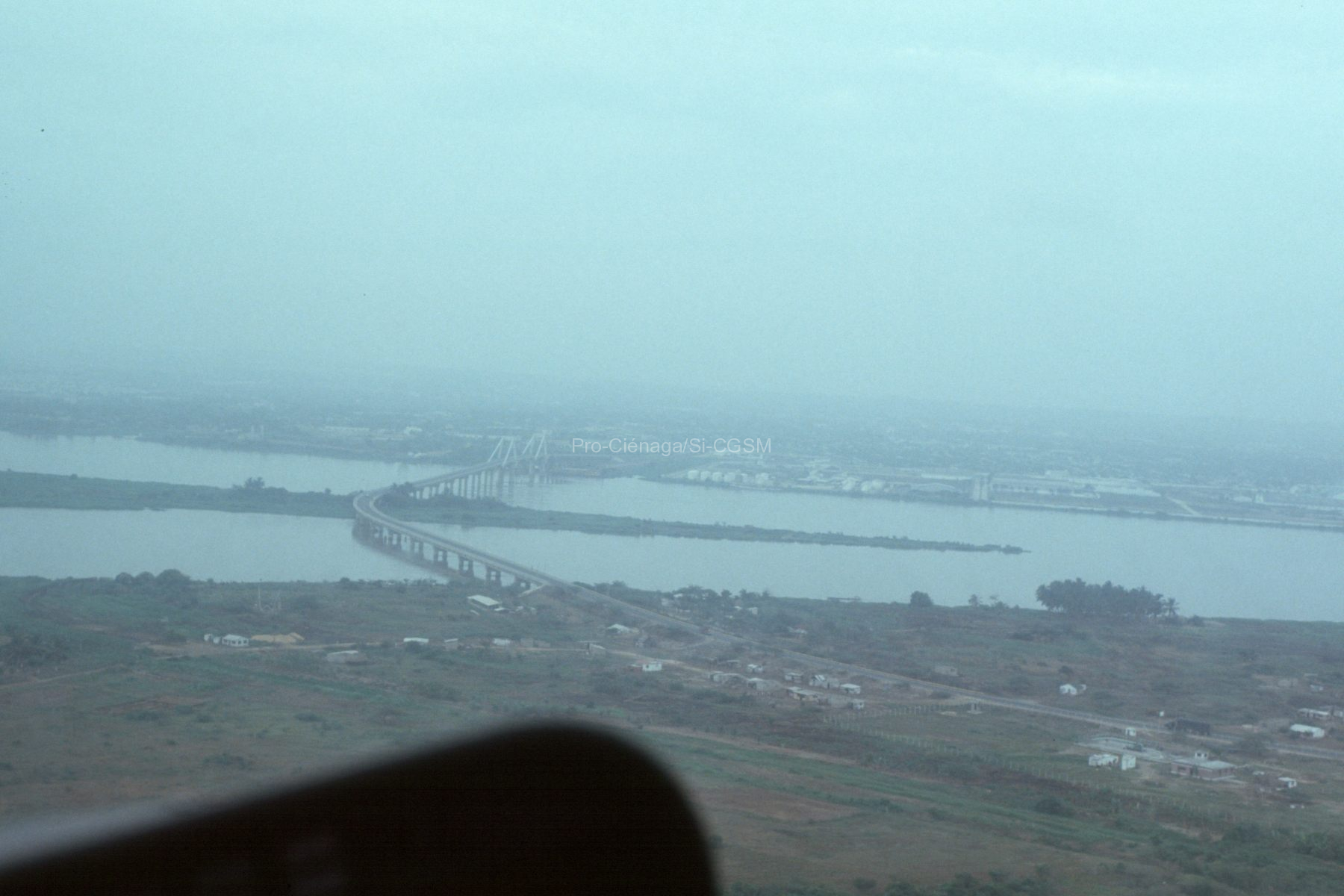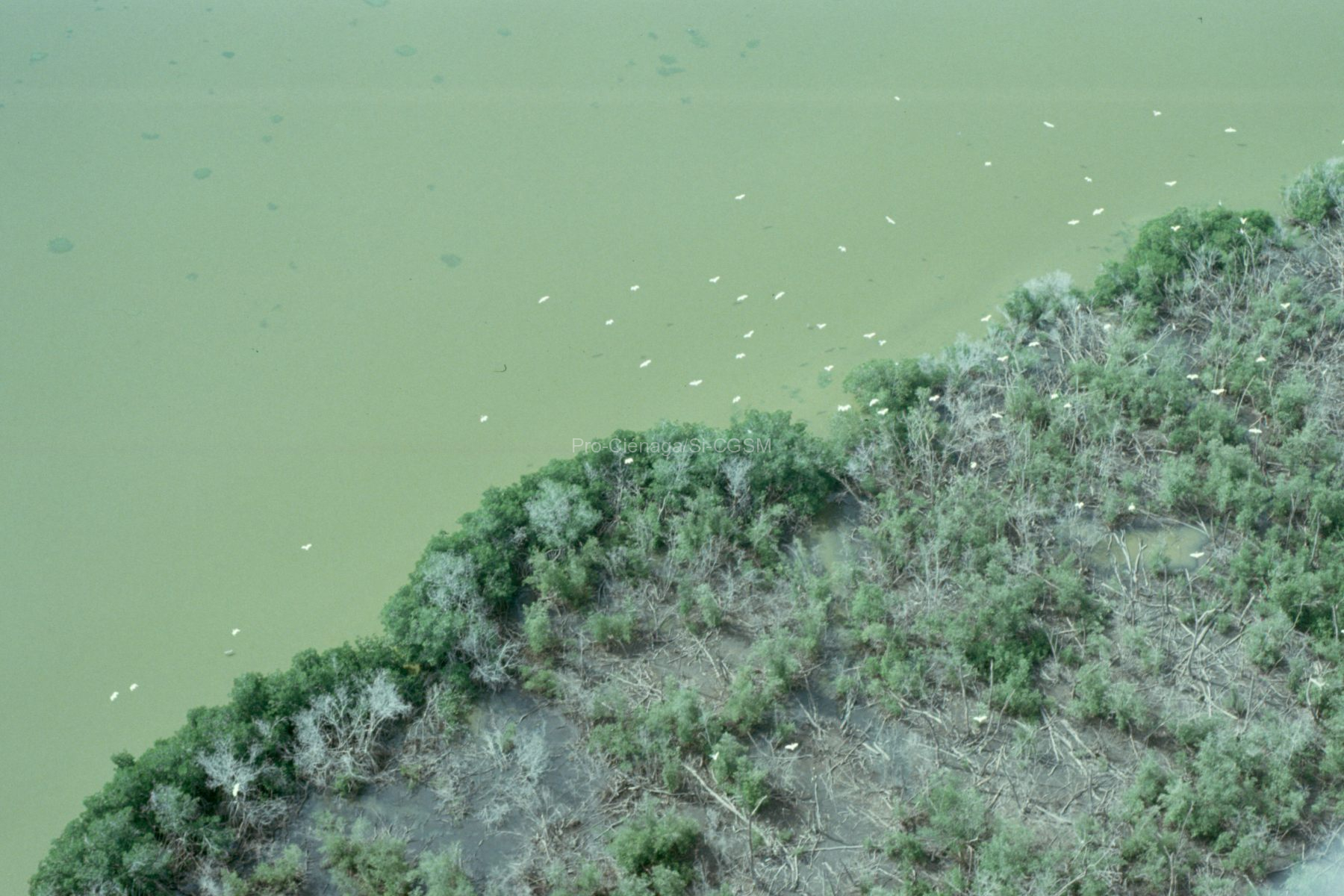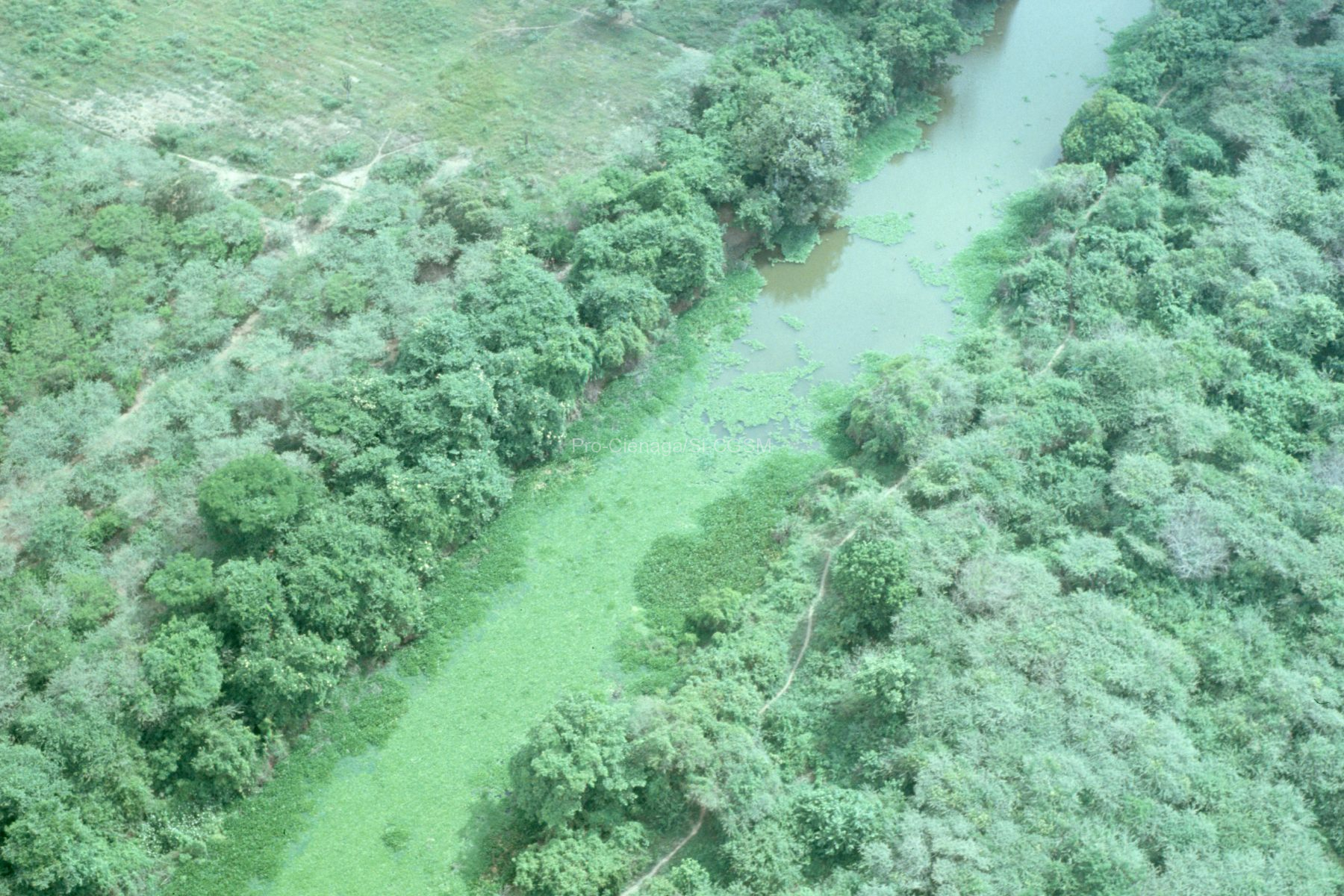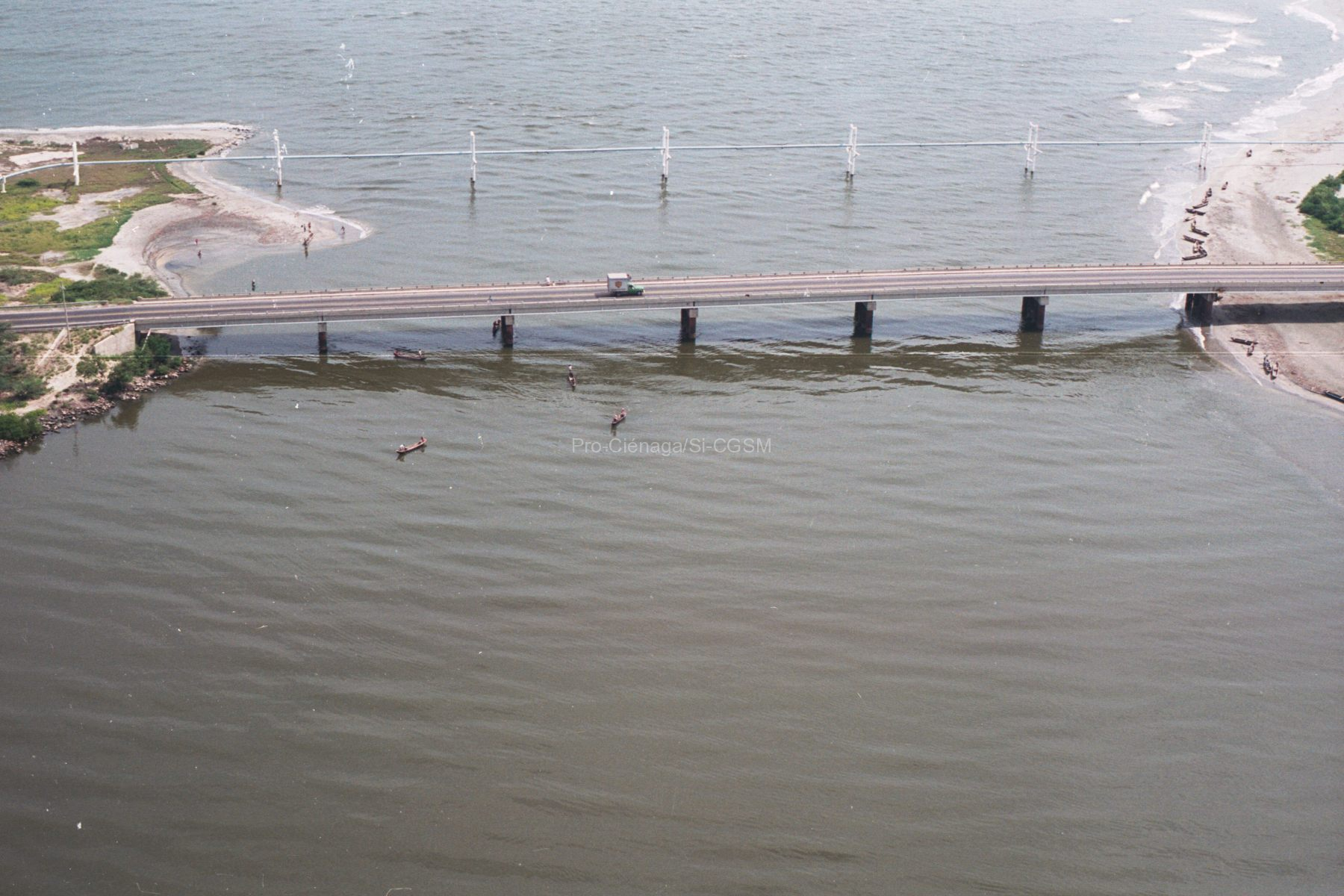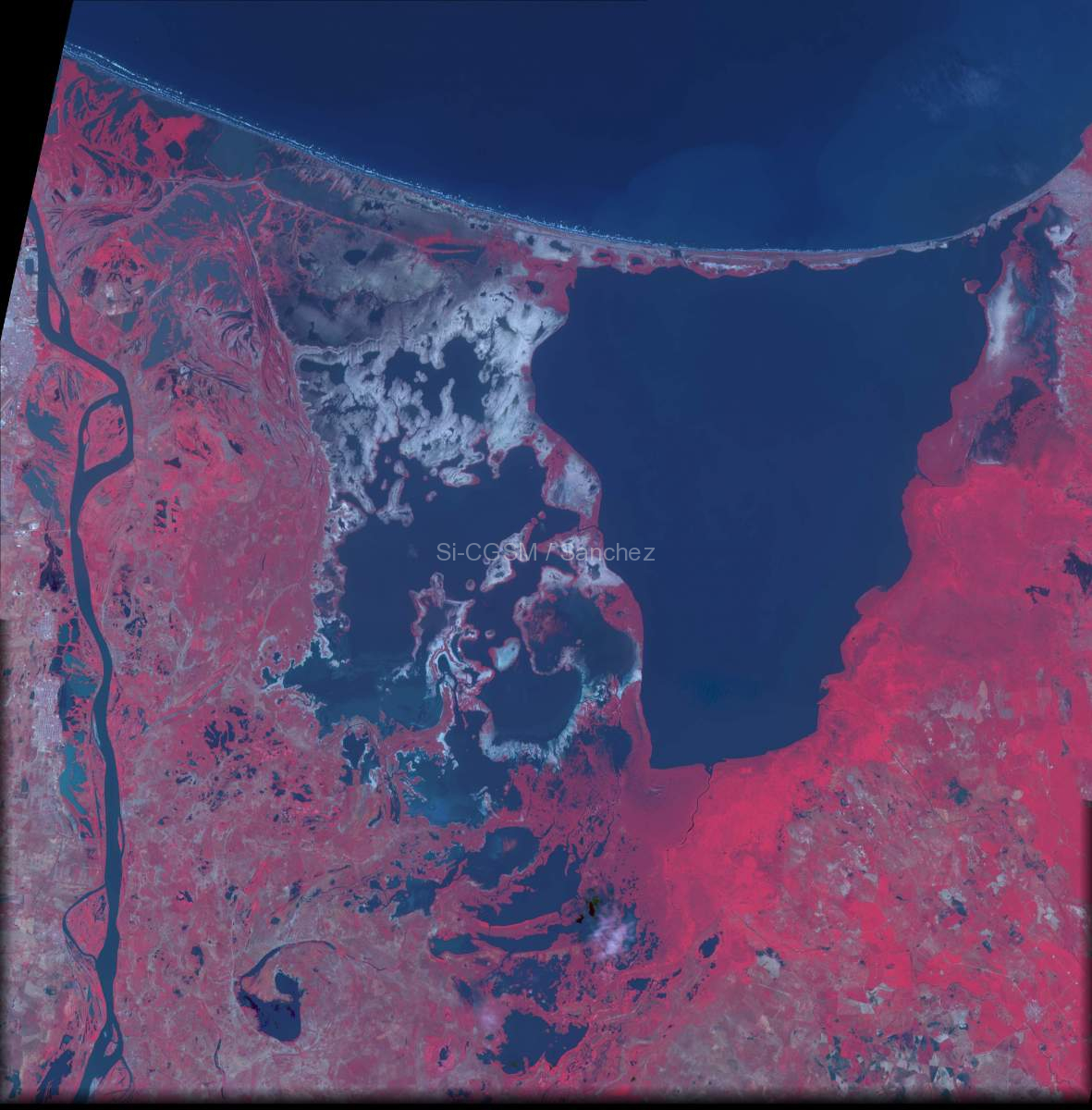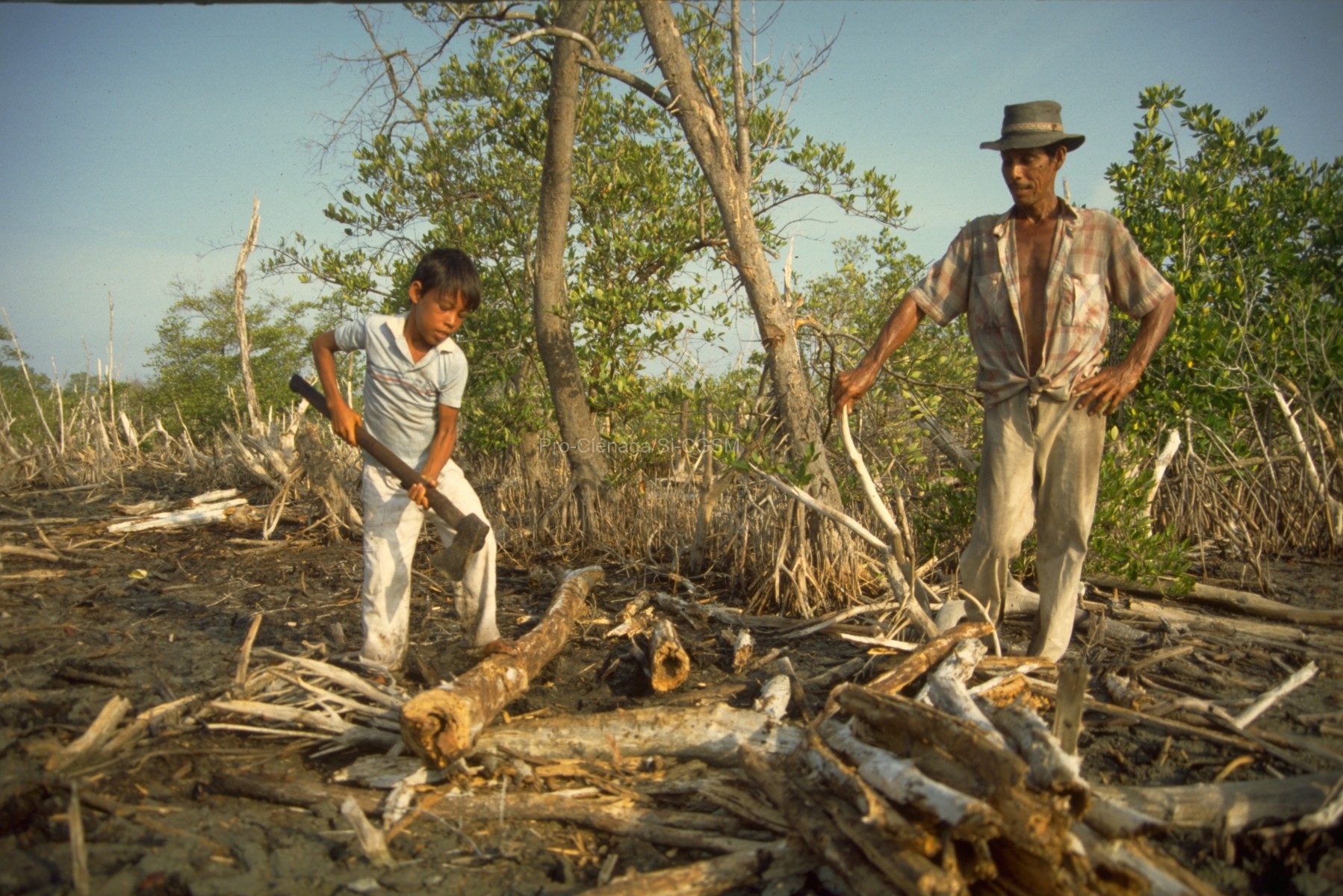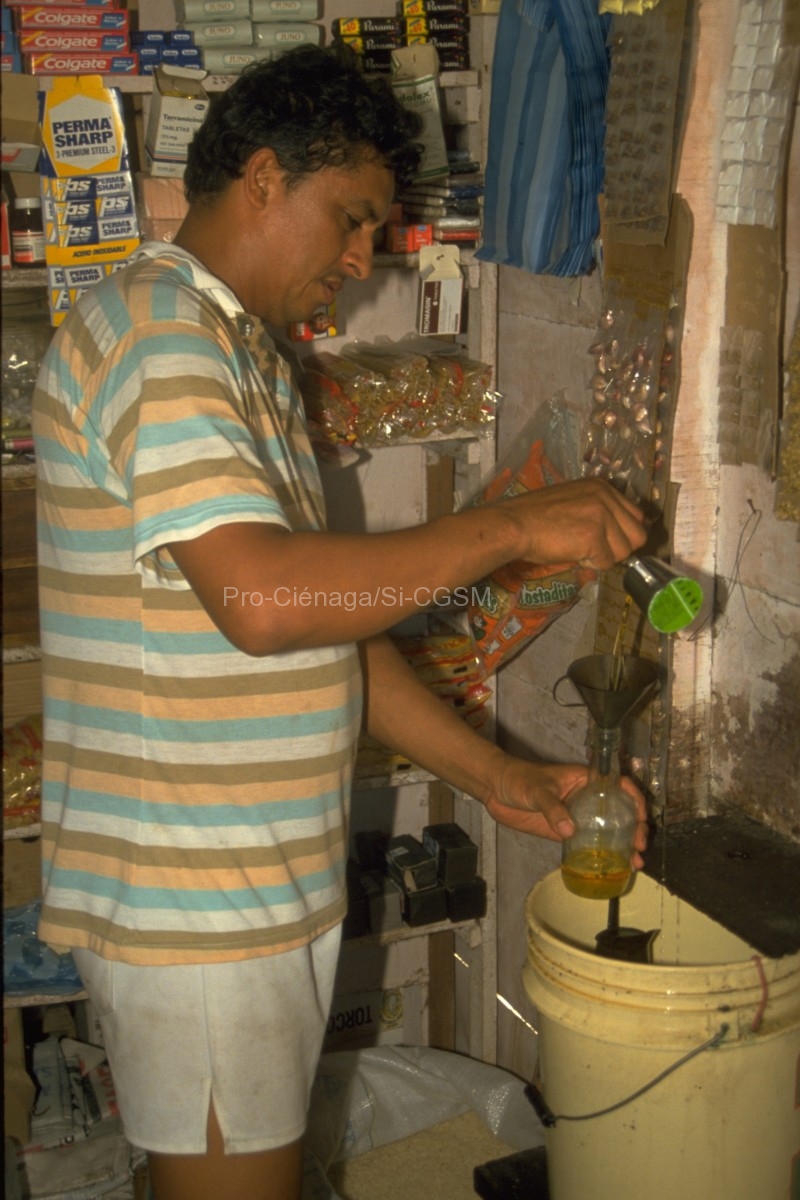https://doi.org/10.2305/IUCN.UK.2009-2.RLTS.T41065A10382424.en
Range Description: This species ranges from southern Texas, USA, through tropical Mexico and Central America to northern South America (central Brazil and Amazonian Peru and northern parts of Amazonian Bolivia, Colombia, Venezuela [including Margarita Island] and the Guianas, throughout Trinidad and Tobago). It is introduced in southern Florida, Puerto Rico (introduced in the 1920s), St Croix, St Thomas, Hawaii (introduced from Puerto Rico in 1932, now common on all main islands), Jamaica (including Cabarita Island) (introduced from Barbados in 1844, common throughout island in lowlands), the U.S. Virgin Islands, Hispaniola (Dominican Republic and Haiti), St Kitts, Nevis, Antigua, Montserrat, Guadeloupe, the Grenadines, Martinique, St Lucia, St Vincent, Barbados, Aruba, Grenada, Guam (McCoid 1993), Saipan (Wiles and Guerrero 1996), and many other tropical and subtropical localities (Schwartz and Henderson 1988). It is also an invasive and introduced species in much of the lowlands of Papua New Guinea, the Admiralty and Bismarck Islands and the Solomon Islands. It was introduced to Australia in 1935, to north tropical Queensland to control sugar cane pests (which it failed to do). Now the southern limit of its distribution is near Coffs Harbour in northeastern New South Wales, and its range extends through most of Queensland and into the Northern Territory to Kakadu National Park (first recorded at Koolpin Gorge, 24 June 2002 and Twin Falls, 10 June 2002). It is also introduced and now widespread in the Philippines. It is found on most of the major islands. It was introduced into Japan first from Hawaii to Taiwan, Province of China, and then from Taiwan through Daito Islands (1930) to Ishigaki Island (1978). The population of Bonin Island was introduced from Guam, which in itself had the species introduced in 1937 (Christy et al. 2007). It is also found on Hatomajima. It occurs from sea level up to 3,000 m asl.




